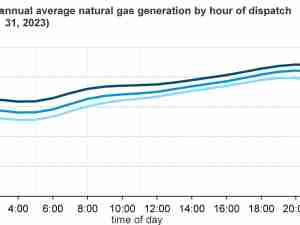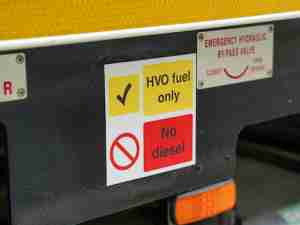Future Market Insights, in its latest business report, elaborates on the current situation of the Latin America Wind Turbine market in terms of volume, value, production, and consumption. The report scrutinizes the market into various segments, end uses, regions, and players on the basis of demand patterns, and future prospects.
The market study depicts an extensive analysis of all the players running in the Latin America Wind Turbine Market report based on distribution channels, local network, innovative launches, industrial penetration, production methods, and revenue generation. Further, the market strategies, and mergers & acquisitions associated with the players are enclosed in the Latin America Wind Turbine Market report.
Consistently declining monopoly in the Latin American electricity sector had paved way for wind turbine manufacturers. The current wind turbine market is competitive. Gamesa is the leading turbine supplier in Mexico and holds 73.5% of the market. It is followed by Vestas with 22% of the market contribution. GE is also a major turbine manufacturer with 4.5% market share in Mexico. Besides, the collapse of the Spain-based OEMs (Other Equipment Manufacturers) wind market has compelled companies to expand their business in Latin America.
What key insights does the Latin America Wind Turbine Market research provide?
• Historical and current year revenue of related Latin America Wind Turbine Market players analyzed at regional level.
• One by one company profile of prominent stakeholders.
• Analysis of the Latin America Wind Turbine Market size on the basis of product type and end use type.
• Accurate Latin America Wind Turbine Market forecast in terms of value and volume in numbers and percentages.
• Demand prospect of each segment covered in the report.
Our advisory services are aimed at helping you with specific, customized insights that are relevant to your specific challenges. Let us know about your challenges and our
Sustainability To Drive The Latin America Wind Turbine Market
Wind energy is the power extracted from wind using wind turbines. A wind turbine is a device that transforms the kinetic energy of the wind into electrical energy. Wind energy is a renewable form of energy that is available in ample quantity and extensively.
It is an alternative to fossil fuels which are depleting in quantity. Wind energy is the cleanest resource; it has neither toxic gas emissions nor greenhouse gas emissions. Wind turbines are connected to the network of electricity transmission. The onshore and offshore wind that is trapped is an inexpensive, competitive and significant source of energy. Wind energy contributed to 4% of the total global electricity usage in 2013.
The application of wind turbines is primarily in wind mills that are used to generate electricity. These wind turbines in wind mills can be used to avail off-grid electricity in the remote regions. It has been known to empower rural electrification initiatives. Three fourths of the small wind turbines are present in the remote regions of the world and are the only sources of energy.
For instance, wind power systems are fuelling the telecommunication towers in the secluded places between Argentina and Chile. Another application of wind turbines is associated with the hybrids of wind and solar power generation devices. Wind and solar sources complement each other in changing climatic conditions. Wind turbines have vital applications in off-grid, low-power systems in which the storage of batteries is avoided.
Wind turbines also have application in cathodic protection pipes in which its electric charge neutralizes the galvanic corrosion of pipes laid in reactive soils. Wind turbines are used to charge electric fences, yacht and boat batteries efficiently.
Wind turbines have been used to pump water for decades, and they remain a significant application in both developed and developing economies. The end use industries of wind turbines can be broadly classified into industrial, commercial and residential.








